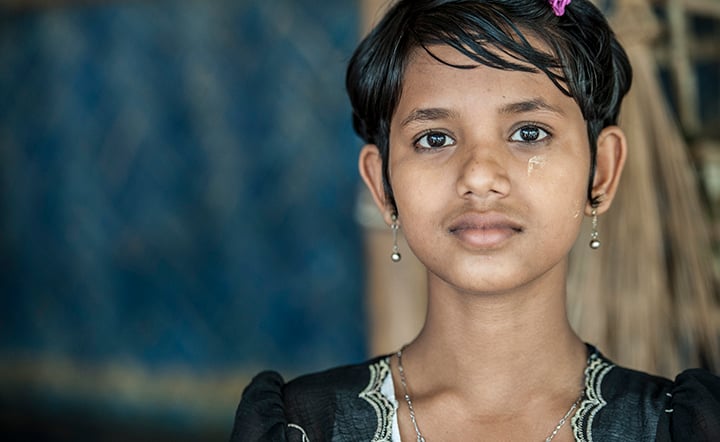Murle in South Sudan
Updated July 2018
£15/month
Related content
Minority stories
Reports and briefings
View all-
15 June 2011
Southern Sudan: The Role of Minority Rights in Building a New Nation
Southern Sudan’s independence referendum united the region’s myriad ethnic groups in a common goal – to separate from the…
-
4 April 2008
Why a minority rights approach to conflict? The case of Southern Sudan
This briefing is aimed at decision-makers working on conflict management, peace-building, development and human rights in countries…
-
1 August 1995
Sudan: Conflict and Minorities
The civil war in Sudan is often portrayed as a battle between the North and South of the country, between Islam and Christianity. This…
-
Our strategy
We work with ethnic, religious and linguistic minorities, and indigenous peoples to secure their rights and promote understanding between communities.
-
-




